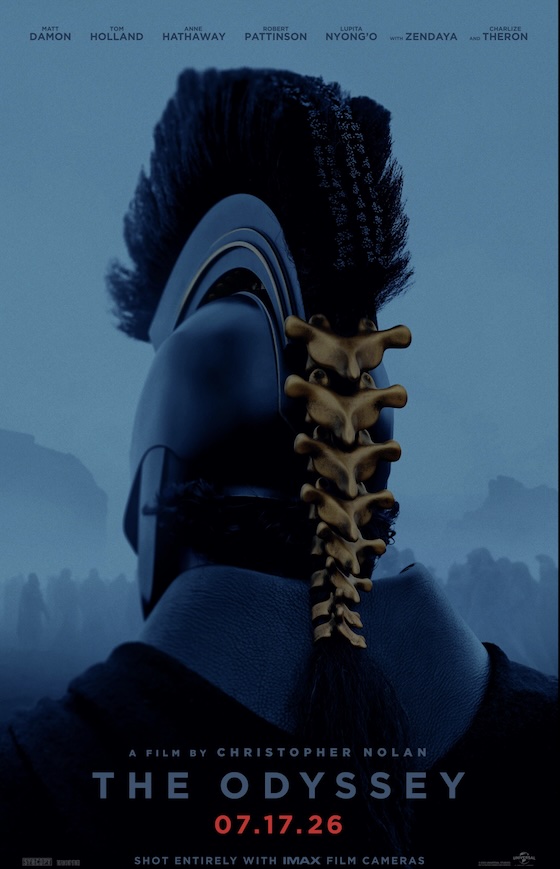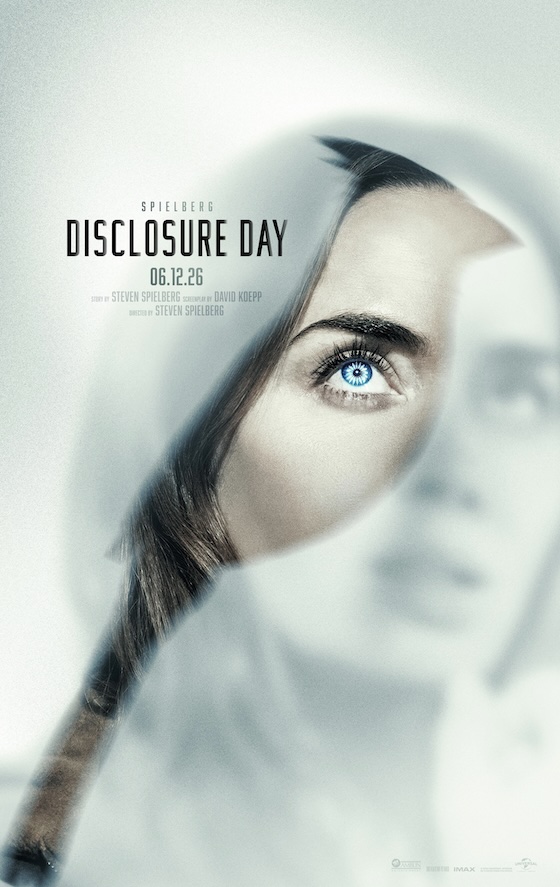{googleAds}
<div style="float:left">
<script type="text/javascript"><!--
google_ad_client = "pub-9764823118029583";
/* 125x125, created 12/10/07 */
google_ad_slot = "8167036710";
google_ad_width = 125;
google_ad_height = 125;
//-->
</script>
<script type="text/javascript"
src="http://pagead2.googlesyndication.com/pagead/show_ads.js">
</script></div>{/googleAds}Watching Grindhouse is more about experiencing the nostalgia and sentimentality of a bygone era than it is about the quality of either of the two films that make up its double bill. Quentin Tarantino and Robert Rodriguez grew up on the types of films it emulates the D-grade, ultra-violent, super-sexy thrillers that littered the cinematic landscape of the late '60s and early '70s. Slasher, splatter, and sexploitation films like Dirty Mary and Crazy Larry, Barbed Wire Dolls, and Fleshpot on 42ND Street. But what's really interesting is that these guys can revisit the old school exploitation genres that satisfy their own creative indulgences and introduce the younger audiences to their influences, while not making us notice how bad the films of that time really were. That's how good these two directors are.
For those who don't know, Grindhouse is a double-feature consisting of two very different films that share a unified passion for a fringe cinematic taste. The types of films aped by Grindhouse were clearly not for mainstream audiences back then, nor will Grindhouse appeal to all of today's moviegoers. It's an acquired taste that, once acquired, encourages the viewer to remove his shoes and wriggle his toes in all things excessive.
First up is Rodriguez with his Planet Terror, the more plot driven of the two films that chronicles a single night in a small backwoods Texas town plagued by a bloodthirsty cannibal problem. Complete with celluloid scratches, hisses, pops and the occasional visible sprocket hole, the opening feature revels in its hokey script riddled with bad dialogue and stereotypical characters. In the past, these types of films thrived on cheap, two-penny scripts that haphazardly weaved multiple plot lines together to entertain us all with scantily clad (naked actually) women, weapons-toting bad guys and vulnerable victims ready for the killing. There was a lot to be worked into the scripts and those guys were masters at figuring out how to please all of us. Rodriguez perfectly mimics this frantic nature by over-plotting his story of what happens when a devastating biohazard that turns residents into flesh-eating ghouls, is unleashed on a small town.
Rose McGowan is Cherry, a former go-go dancer that sports a prosthetic machine gun where her now-missing limb once was. After reuniting with her ex-boyfriend Wray (Freddy Rodriguez), the two take it upon themselves to rid the town of the menacing zombies. I would have loved to own a stake in the corn-syrup market before filming of Grindhouse began. Gallons upon gallons of the fake blood product are spewed about as heads explode, limbs are blown off bodies and the crimson goo squirts from swelling facial pustules.
Next is Tarantino's Death Proof, a dialogue driven ode to gearheads and their love for classic muscle cars. Kurt Russell is Stuntman Mike, a scar-faced stunt driver that satisfies his homicidal jones by terrorizing women with a unique deadly weapon his car. Mike's victims, a group of young women (Vanessa Ferlito, Jordan Ladd, and Sydney Tamila Portier) enjoy a night out on the town, while girl-gabbing about all the things girls gab about, completely unaware of their twisted fate.
After getting off to a slow start, Death Proof eventually revs up to become one of the most heart-stopping chase films in quite some time. But it's sure to take a bit of criticism for stepping outside its genre and bringing attention to itself as a modern Tarantino film while forgetting its place in the double billing. Planet Terror is always aware of what it wants to be and faithfully pays homage to the genre that inspired it, while Death Proof feels more like a vehicle for all things Tarantino, occasionally meandering a bit wide of its strike zone. But then comes the second half of the film that completely makes up for any earlier shortcomings. It's Charger vs Challenger, Vanishing Point style. Let the rubber fly and the metal crunch!
Appropriately, neither of the two films spends a whole lot of time making a case for consideration for standalone greatness, but together the two become a kick-ass, explosive, rabble-rousing double-feature sure to please the fanboys as well as those looking for a refreshing bit of nostalgia. Over-the-top, mock trailers created by guest directors for such features as Werewolf Women of the SS, Machete, and Thanksgiving round out the whole experience quite nicely.
DVD Details:
{pgomakase}

































